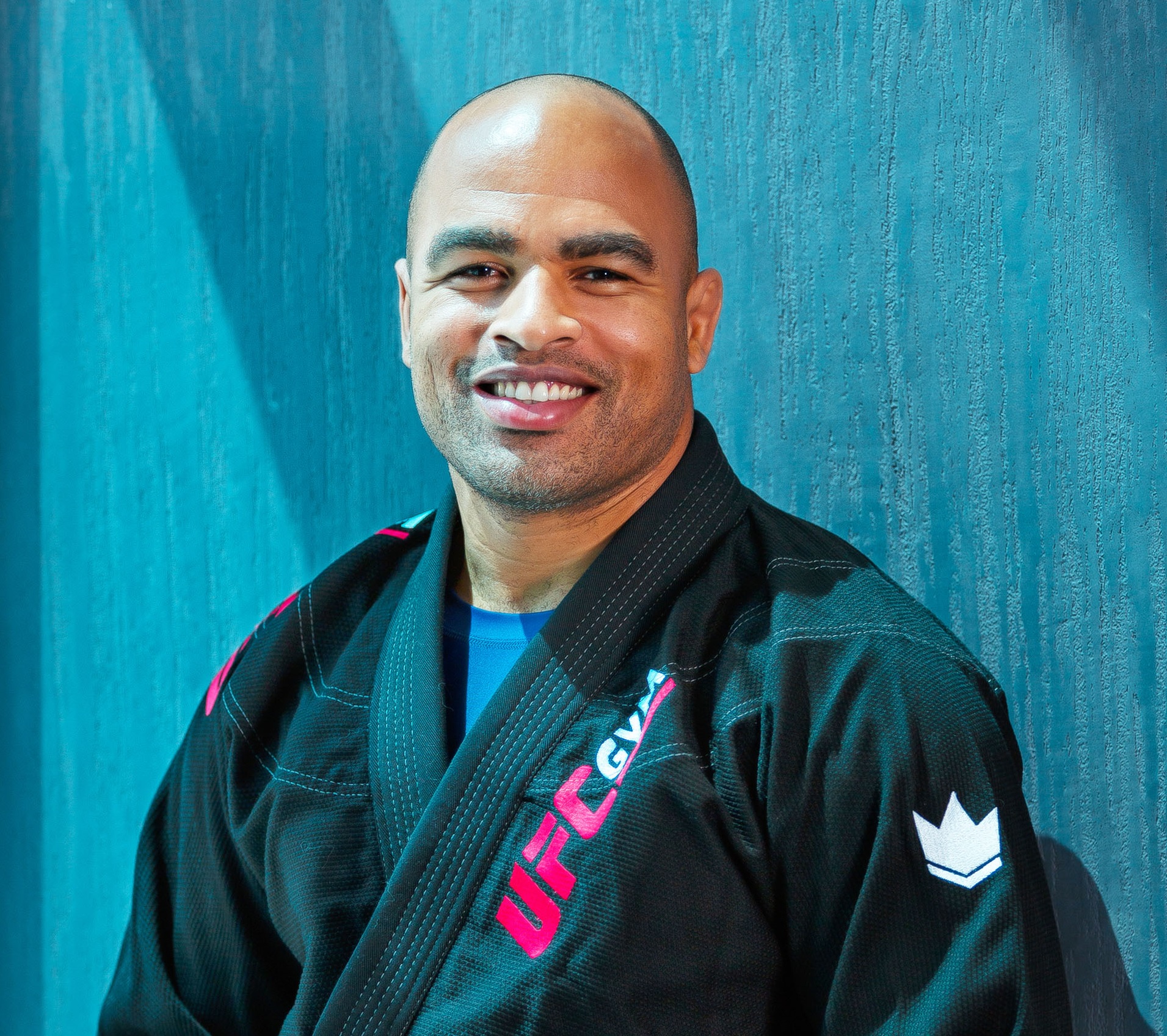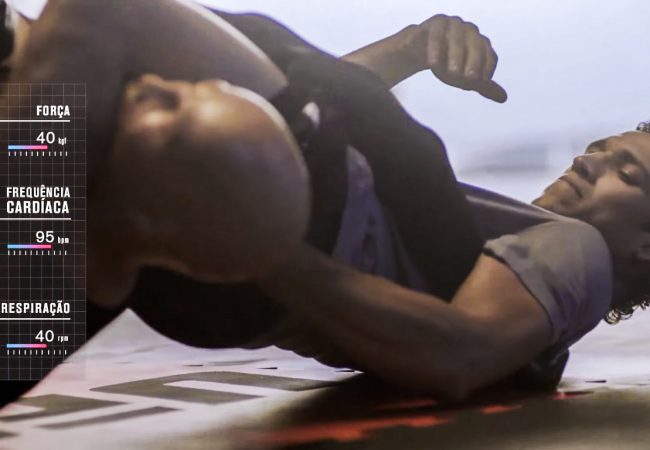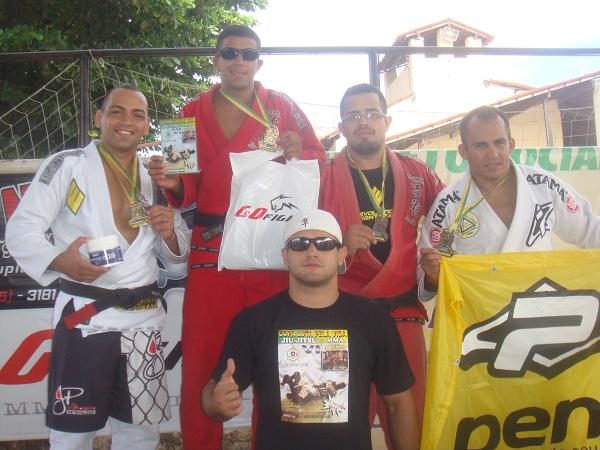
Raphael Barbosa is a Jiu-Jitsu Black Belt. Photo: Personal archive
Raphael Barbosa is among the most renowned teachers in Abu Dhabi, the capital of the United Arab Emirates. This 39-year-old has over 25 years of experience across classes, seminars and competition. A black-belt since 2007, when he was promoted by his teacher Luís Cláudio, Raphael teaches Jiu-Jitsu at the gym from Ultimate Fight Champion, known as UFC Gym, which has over 400 students just in the gi classes.
The owner of a unique methodology, full of steps for preparing a good student on their journey to the black belt, Raphael in a recent interview explained that his teaching belongs to a Gracie lineage, due to his teacher’s education under the legendary Rickson. Additionally, his students have been achieving better and better results on and even off the mat, given that he also uses the sport as a tool for personal growth.
“Jiu-Jitsu is a unique sport; it provides many things beyond maneuvers and moves,” Raphael said. “On the mat, you learn to be a better person, a more patient person. You become more confident, believe in yourself more, and that is reflected in your life. It’s perceptible to notice that in the white-belts, because they come in with no confidence and with fear, but as time passes, they become confident, they believe more in their own effort. I really like Jiu-Jitsu because of that. No matter how much knowledge you have, the sport is always going to teach you something more. It’s one of the strongest tools for personal growth in the world.”
Below we organized a list of five concepts shared by Raphael. He views these as important for a student’s evolution, regardless of their belt color.
1 Not skipping the process: “The practitioner needs to respect the process! We know that Jiu-Jitsu is a very complex sport and demands lots of motor coordination, and explores all of the student’s physical functions. Because of this complexity of movements, especially when it’s time to put it into practice, many students get frustrated, and there’s always that question: ‘Professor, when will I be able to do all these moves automatically?’ I see that this is a constant occurrence in beginners’ classes. Within this concept, here at UFC Gym, I place beginners’ classes separate from the others, where I teach them the entirety of the ABCs. They perform drills thousands of times, and, until they reach the second degree, I don’t even let them spar on their own. First they will learn how the whole process of a well-done technique works.”
2 Studying Jiu-Jitsu: “It’s necessary to study how Jiu-Jitsu was created, to know the story of the Gracie family. Understand how the promotion system works, the scoring — how everything surrounding the sport works. In order to know what you are doing, to know the basics to get a better understanding. A white-belt needs to know these things so as not to get lost.”
3 Practicing self-defense: “Jiu-Jitsu was created for this, for the smaller person to be able to defend themselves against the bigger one. So never ditch self-defense — we never know when we’ll need to use it. The white-belt usually ends up trying to learn advanced Jiu-Jitsu online, instead of learning what they really need, and ends up hindering the evolution process.”
4 Practicing takedowns: “Jiu-Jitsu starts standing, and lots of gyms neglect this! I see lots of sparring done only on the ground, and sometimes on the knees. The takedown side of things is essential for the student to learn. Practice Jiu-Jitsu as a progression!”
5 Listening to the body: “Respecting your body’s limit is essential! Sometimes, a white-belt, in that endeavor to evolve or prove something to themselves, to the teacher and to training partners, ends up not tapping to and armbar, not tapping to a choke… Then they end up blacking out or getting arms popped, causing an injury. This can’t happen — it’s foolish! If the student really loves Jiu-Jitsu, they will want to practice it for the rest of their life, but by acting that way they will only be shortening the journey. Think about it!”




